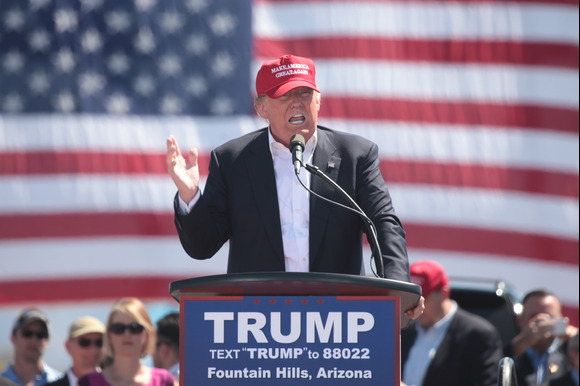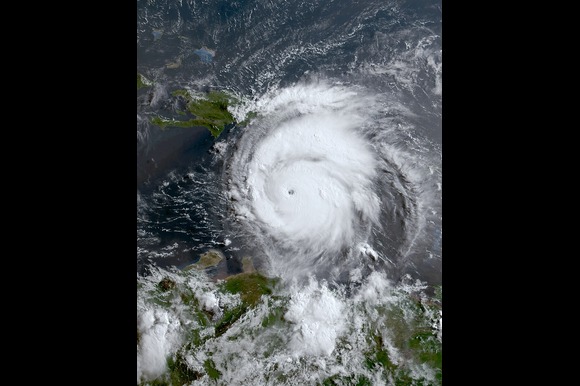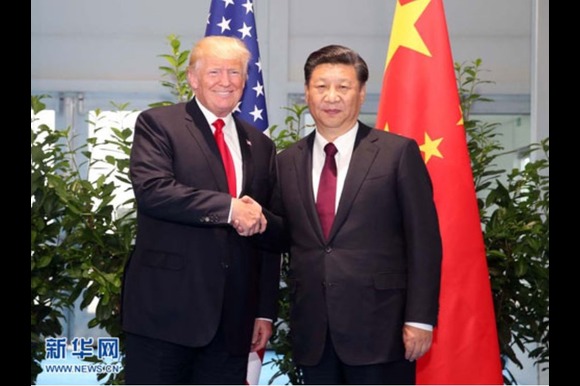
Von Gage Skidmore-Wikipedia
President Donald Trump announced on Wednesday that the United States will impose a 20% tariff on imports from Vietnam, following a newly reached trade agreement concluded during last-minute negotiations. The move comes as part of Trump’s wider “reciprocal” tariffs initiative, first unveiled in April, which aimed to realign trade terms with US partners across the globe.
Originally, products imported from Vietnam were set to face a much steeper 46% tariff beginning next week. However, under the new agreement, this rate has been reduced to 20%, offering partial relief to businesses that depend on Vietnamese goods. Meanwhile, dozens of other economies, including Japan and the European Union, are still working to strike their own trade deals with the US ahead of the implementation of the broader tariff increases.
In a post on social media, Trump emphasized that Vietnam has agreed to eliminate all tariffs on American exports under what he described as a “Great Deal of Cooperation.” “Vietnam will do something that they have never done before, give the United States of America TOTAL ACCESS to their Markets for Trade,” Trump wrote. “In other words, they will ‘OPEN THEIR MARKET TO THE UNITED STATES,’ meaning that we will be able to sell our product into Vietnam at ZERO Tariff.”
The agreement also includes a new 40% tariff on goods that are shipped through Vietnam in a practice known as “trans-shipping.” The Trump administration has alleged that a significant portion of Vietnamese exports to the US—potentially as much as one-third—are actually Chinese-made products routed through Vietnam to bypass existing US tariffs. Trump’s senior trade adviser, Peter Navarro, has previously warned about this tactic, saying it undermines the integrity of American trade enforcement.
Tariffs, which function as a tax on imported goods, are typically paid by the importer rather than the exporter. While some importing companies may choose to absorb the cost, many pass it on to consumers in the form of higher prices. This has raised concerns among US trading partners that the added costs could reduce demand for their exports.
Trump’s new tariff strategy has further heightened those fears. While Vietnam has emerged in recent years as a key global manufacturing hub—home to supply chains for major brands like Nike, Apple, Lululemon, and the Gap—share prices of several companies with operations in the country initially surged on news of the deal. However, those gains were tempered after it became clear that a 20% tax would still be applied to Vietnamese exports.
Despite this, Adam Sitkoff, executive director of the American Chamber of Commerce in Hanoi, offered a positive outlook in an interview with the BBC World Business Report. He said the deal leaves Vietnam “in a good position,” adding that companies shipping from Vietnam to the US are likely to continue their operations as planned.
However, Sitkoff raised concerns over the enforcement of the new trans-shipping tariff, questioning the clarity of the term. “It’s a vague and often politicised term in trade enforcement,” he noted. “It’s unclear how much illegal re-routing Vietnamese officials will even be able to catch, or how much exists.”
As part of the broader diplomatic engagement, Vietnamese General Secretary To Lam held a phone call with President Trump on Wednesday. During the conversation, he reaffirmed Vietnam’s invitation for the US leader to visit the country.
In a separate development, the Trump family announced new investment projects in Vietnam. The Vietnamese government has approved a $1.5 billion joint venture between the Trump Organization and Kinh Bac City Development for luxury real estate, including hotels and golf courses. The Trump Organization is also actively scouting potential sites for a Trump Tower in Ho Chi Minh City.
Trump’s reciprocal tariff campaign, first launched in April, initially involved a sweeping set of high import taxes on many of America’s trading partners. The administration subsequently paused the increases, reducing most tariffs to 10% temporarily while opening the door for trade negotiations.
According to the White House, several nations have since initiated talks with Washington. So far, the US has formally concluded a pact with the United Kingdom and reached a temporary agreement with China to ease retaliatory duties.
The Vietnam deal marks another step in Trump’s broader effort to overhaul US trade policy and pressure foreign partners to provide more favorable access for American exports, while enforcing tighter controls on indirect trade routes like trans-shipping.




